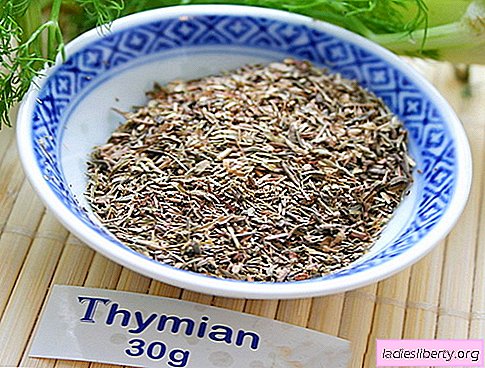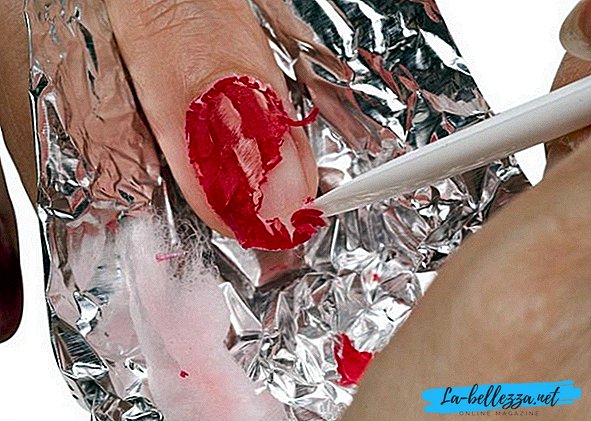
If a malfunction occurs, the body sends warning signals. Stomach problems or headaches are the result of intense mental stress. However, even painless external symptoms - pallor of the skin, coating on the tongue or discolored nails - also indicate internal diseases.
Cracks in the corners of the mouth as a warning signal
Cracks in the corners of the mouth are manifested by small ulcers, which often hurt when talking or eating. They are caused by the habit of licking the tongue of the lips, which leads to pathological dry skin.
Viruses, bacteria or fungi are possible causes of sore mouth. Iron deficiency or vitamin B2 deficiency can worsen the condition of the lips. If symptoms appear repeatedly, the doctor should find out the cause. The cause of these symptoms may be diabetes, psoriasis, or allergies.
Advice! As a home remedy for cracks in the corners of the mouth, ordinary honey helps. It makes the lips supple and at the same time has anti-inflammatory and antibacterial effects.
Tongue plaque
If the tongue is healthy, it has a pale pink color, and a small plaque, which is formed from food debris and harmless microbes. A strong plaque in the tongue indicates possible diseases.
Plaque colors that indicate various internal diseases:
- white: colds, gastrointestinal diseases, or thrush;
- yellowish: fungal infections or disorders of bile and liver;
- red (raspberry tongue): infectious diseases, vitamin B12 deficiency, gastrointestinal problems and diseases of the liver and heart;
- brown: intestinal diseases, kidney problems;
- Gray: iron deficiency or anemia;
- the black: side effect of antibiotics.
In addition to the color of the tongue, the oral cavity can also talk about the condition of the internal organs. A dry or swollen tongue indicates inflammation of the pancreas.
Dark circles and swollen eyelids
Dark circles and thick eyelids are often associated with lack of sleep or excessive drinking.
Dark circles are not uncommon, especially in people with fair skin.
However, they are also signs of a nutrient deficiency (iron or zinc).
Swelling of the lower eyelid is a sign of not only allergies, but also hypertension, herpes zoster, heart failure, or kidney disease.
Pallor of the face
A sudden change in color indicates metabolic disorders. Pale skin is a well-known sign of physical discomfort.
Temporary pallor indicates circulatory problems, infections, or low blood sugar.
ATTENTION! If pallor lasts longer and is also associated with a whitened mucous membrane, this is a warning signal for more serious diseases.
Possible causes of pallor of the skin:
- anemia due to a lack of iron, folic acid or vitamin B12 or due to kidney weakness;
- low blood pressure (hypotension);
- hypothyroidism (thyroid failure);
- imperceptible bleeding in the body, for example, a stomach ulcer
- smoker's skin due to lack of oxygen.
Yellow skin and eyes
Yellowish skin and eyes are the first signs of jaundice. The color change is due to an increase in the concentration of bilirubin, a decomposition product of red blood cells.
Possible causes of yellowing of various parts of the body:
- inflammation of the liver, cirrhosis or hepatitis B;
- gallstone diseases;
- blood diseases.
Thinning or hair loss
Hair loss is the result of prolonged stress or hereditary diseases. Other possible causes:
- menopause or pregnancy;
- lack of nutrients (zinc, iron, biotin, copper or protein);
- diabetes;
- poisoning and serious infections;
- side effect of drugs;
- autoimmune reaction of the body.
Nail color
White spots on the nails are a harmless result of a nail root injury. Sometimes white streaks occur due to poisoning or febrile illness. Nail discoloration is caused by various conditions:
- black: due to bruising;
- brownish or blue-black spots: moles, as well as skin cancer;
- yellowish: jaundice or liver problems;
- greenish: bacteria or mold infection;
- whitish and cloudy: cirrhosis of the liver or inflammatory bowel disease.
If external signs of illness are detected, you need to consult a doctor. Do not engage in self-medication; first you need to find out the root cause of the disease.











